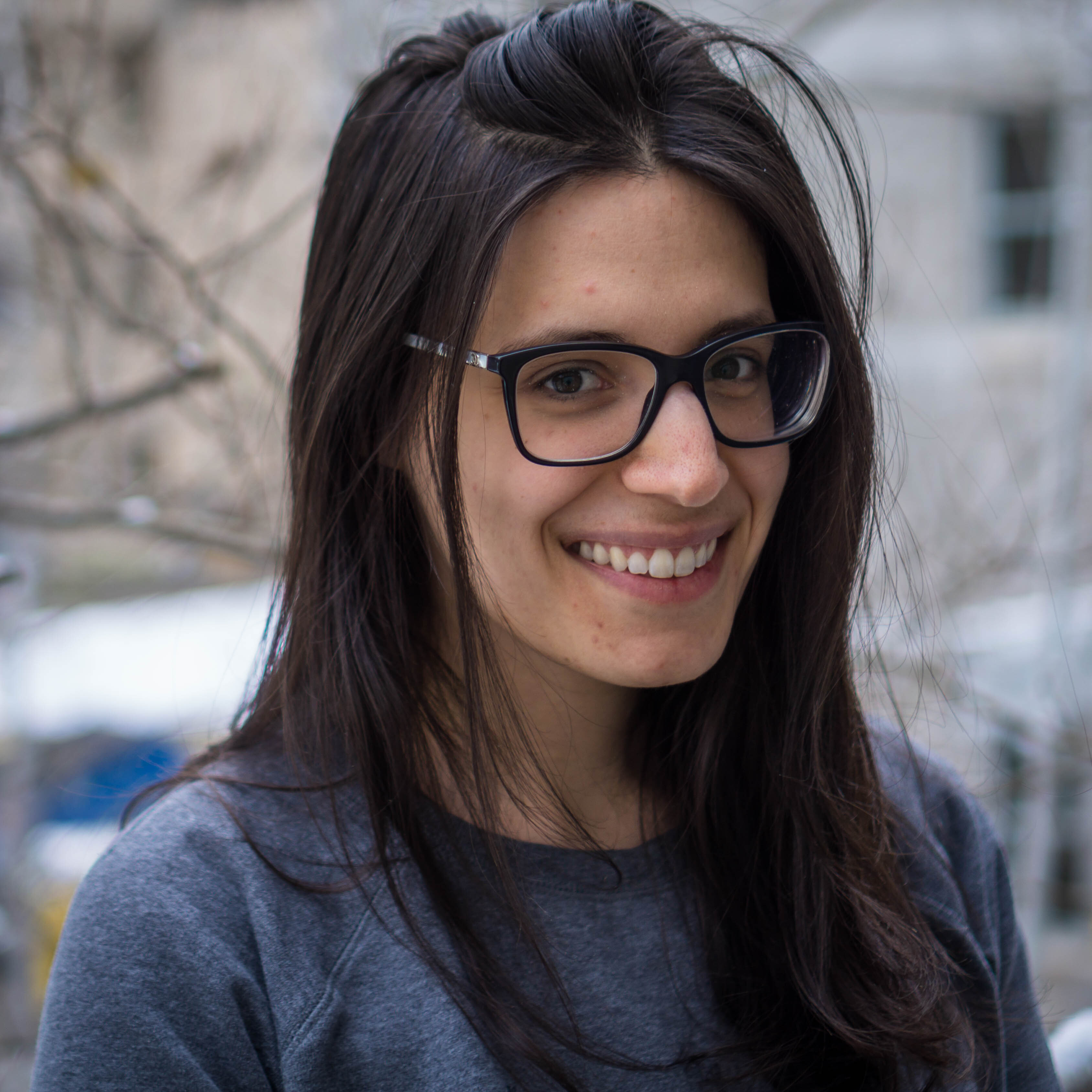Tutorial Description
Heterogeneous human-robot field deployments are challenged by the need to share high-resolution perceptual information over low-bandwidth communication channels. Recent work in large-scale heterogeneous deployment, like the DARPA Sub-T Challenge, has highlighted the need for map compression techniques to facilitate information sharing and increase the rate of autonomous tasks like exploration. Future deployments of large-scale, diverse robot teams will rely on compact and high-fidelity perceptual representations that also enable fundamental robotic capabilities such as pose estimation, occupancy modeling, and collision avoidance.
While state-of-the-art frameworks employ sparse or voxelized dense data, there are limitations with respect to representational fidelity and memory constraints, respectively. Recent works have leveraged Gaussian mixture models for environment representation due to their advantages in enabling high-fidelity and memory-efficient modeling and inference on real-world sensor data in diverse environments. Most prior works that have leveraged these compact approximate continuous belief distributions for environment modeling have not open-sourced their GPU-accelerated implementations, which poses a barrier to broad adoption by the general robotics community. Therefore, there lies a challenge with respect to the accessibility of these formulations to technical experts.
This tutorial bridges these gaps in the state of the art by introducing GIRA, an open-source framework for learning Gaussian mixture models with applications to robot autonomy and inference. GIRA provides GPU-accelerated functions to learn GMMs 10-100x faster as compared to CPU and Python implementations. The tutorial will provide extensive coverage of GIRA’s API and demonstrate fundamental robotic applications. The only prerequisite for the tutorial is familiarity with Python.
References
This tutorial is based on the following publications.
- W. Tabib, C. O’Meadhra, and N. Michael, “On-Manifold GMM Registration,” IEEE Robotics and Automation Letters, vol. 3, no. 4, pp. 3805–3812, Oct. 2018, doi: 10.1109/LRA.2018.2856279.
- C. O’Meadhra, W. Tabib, and N. Michael, “Variable Resolution Occupancy Mapping Using Gaussian Mixture Models,” IEEE Robotics and Automation Letters, vol. 4, no. 2, pp. 2015–2022, Apr. 2019, doi: 10.1109/LRA.2018.2889348.
- W. Tabib, K. Goel, J. Yao, M. Dabhi, C. Boirum, and N. Michael, “Real-Time Information-Theoretic Exploration with Gaussian Mixture Model Maps,” in Robotics: Science and Systems XV, Jun. 2019. doi: 10.15607/RSS.2019.XV.061.
- W. Tabib, K. Goel, J. Yao, C. Boirum, and N. Michael, “Autonomous
Cave Surveying With an Aerial Robot,” IEEE Transactions on Robotics, pp.
1–17, 2021, doi: 10.1109/TRO.2021.3104459.
King-Sun Fu Memorial Best Paper Award Honorable Mention
- K. Goel, W. Tabib, and N. Michael, “Rapid and High-Fidelity Subsurface Exploration with Multiple Aerial Robots,” in Experimental Robotics, B. Siciliano, C. Laschi, and O. Khatib, Eds., in Springer Proceedings in Advanced Robotics. Cham: Springer International Publishing, 2021, pp. 436–448. doi: 10.1007/978-3-030-71151-1_39.
- W. Tabib and N. Michael, “Simultaneous Localization and Mapping of Subterranean Voids with Gaussian Mixture Models,” in Field and Service Robotics, Singapore, 2021, pp. 173–187. doi: 10.1007/978-981-15-9460-1_13.
- K. Goel, N. Michael, and W. Tabib, “Probabilistic Point Cloud Modeling via Self-Organizing Gaussian Mixture Models,” IEEE Robotics and Automation Letters, vol. 8, no. 5, pp. 2526–2533, May 2023, doi: 10.1109/LRA.2023.3256923.

